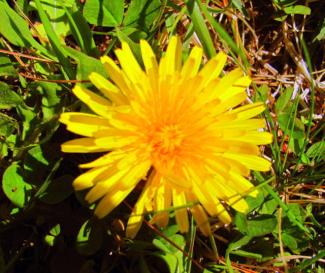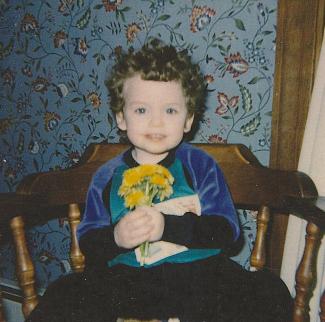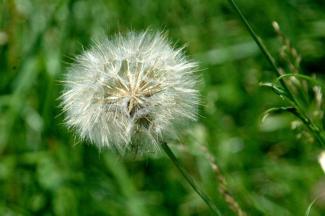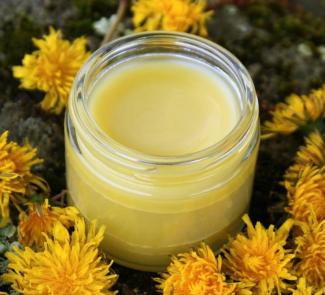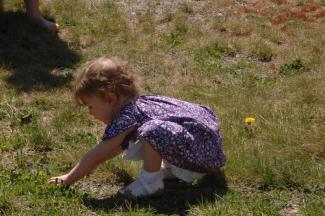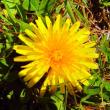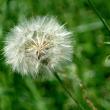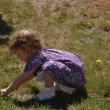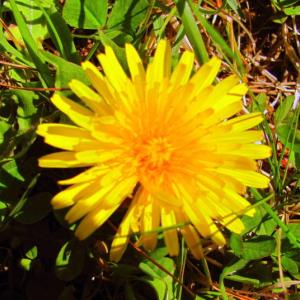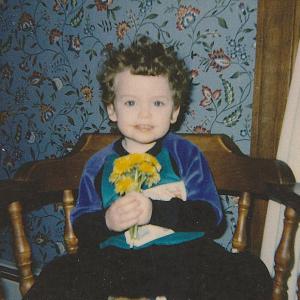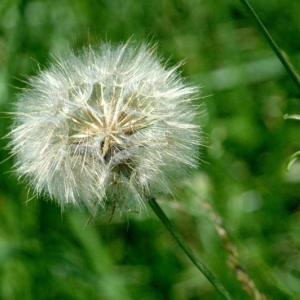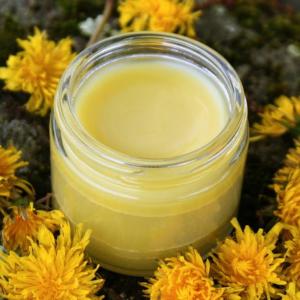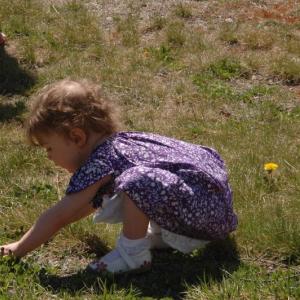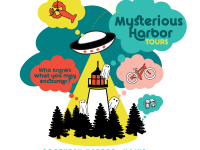Dandelion Time: Feed the Bees
O Dandelion, rich and haughty,
King of village flowers.
Each day is coronation time,
You have no humble hours.
I like to see you bring a troop
To beat the blue-grass spears,
To scorn the lawn-mower that would be
Like fate's triumphant shears,
Your yellow heads are cut away,
It seems your reign is o'er.
By noon you raise a sea of stars
More golden than before.
United States
About this blog:

What's the Buzz" covers what's happening, what might be happening, and what should be happening in the opinion of the author.
Eleanor Cade Busby is an unpublished award-winning writer, photographer and blogger & simply loves writing about herself in third person.She published this absolutely all true bio.
Busby grew up all over New England,a preacher's kid who set out to destroy every single stereotype about a "Minister's Daughter."
She attended Goddard College, The Rhode Island Conservatory of Music and The School of Life, majoring in everything she could stuff into her head. She once had her own office and a red stapler. Her employees learned quickly never to touch it.
Much of her very long life has been spent on or back-stage at theaters. She penned a couple of plays, directed many more and acted in scores of productions. She's done it all except hanging lighting. You can't make her climb a ladder.
She won awards locally & nationally for social services and customer care. Most recently she was awarded the PEN/Toni and James C. Goodale Freedom of Expression Courage Award along with 3 million of her closest personal friends for "galvanizing a potent global movement to resist infringements on the rights and dignity of women and many other groups."
Busby has been a theater, art and dance reviewer and commentator for several publications, including CRACKED magazine.
Opinionated, obstinate, much-abused, and under-appreciated, she believes that if it isn't funny or relevant, it isn't worth it.
Eleanor Cade Busby lives in Midcoast Maine with two cats who like to stand on her head at 3 AM demanding a sacrifice, often her sanity.
Suggestions for topics and comments are always welcome at eleanorcadebusby@hotmail.com


